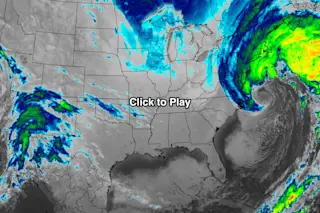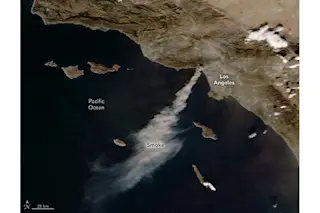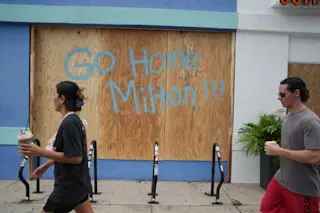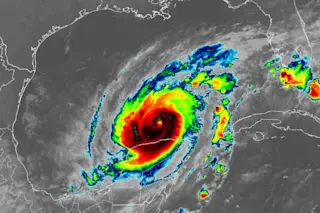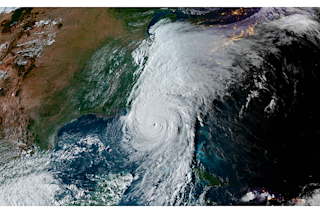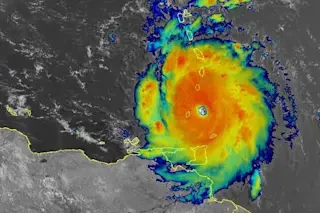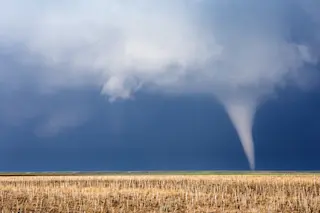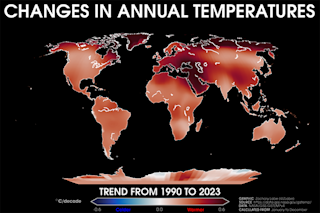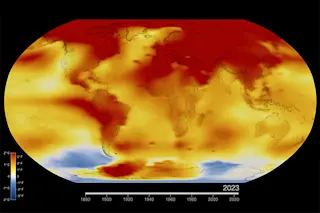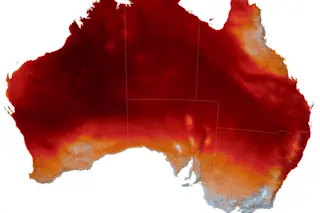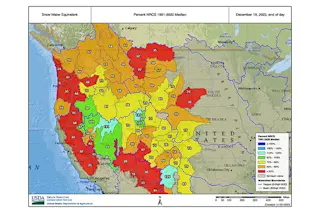An animation of images acquired by the GOES-16 weather satellite shows a strong winter storm undergoing a phenomenon known as "bombogenesis." Click on the image to watch the animation created by the Cooperative Institute for Meteorological Satellite Studies. (Source: CIMSS Satellite Blog) Last night, my daughter called me from New York City to ask worriedly about the so-called bomb cyclone that was threatening the northeastern United States. "What is this about a bomb?," she asked. I explained that the term comes from a meteorological process called "bombogenesis." It happens when a midlatitudecyclone rapidly intensifies, dropping in pressure by at least 24 millibars over 24 hours. A millibar is a measure of atmospheric pressure. This can happen when warm, moist air streaming up from the south collides with cold, dry air dropping down from the northwest. That's exactly what happened overnight off the U.S. Eastern Seaboard on Jan. 3 and 4, ...
The view from space as the so-called 'bomb cyclone' exploded into a dangerous winter storm
Discover the bombogenesis phenomenon and how it creates a powerful bomb cyclone affecting the northeastern United States.
More on Discover
Stay Curious
SubscribeTo The Magazine
Save up to 40% off the cover price when you subscribe to Discover magazine.
Subscribe

